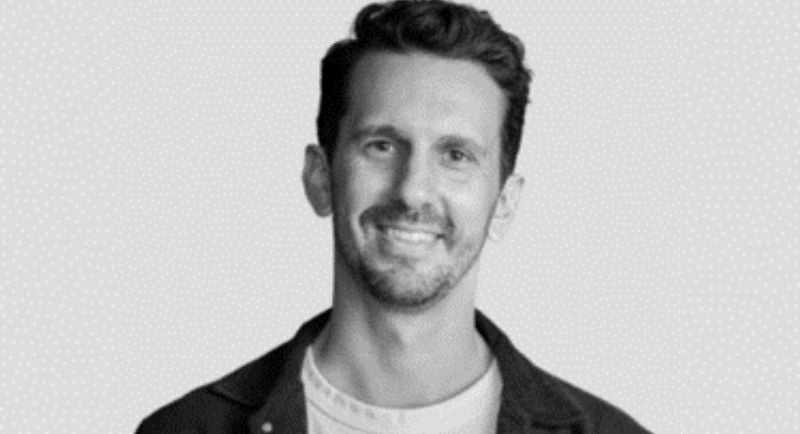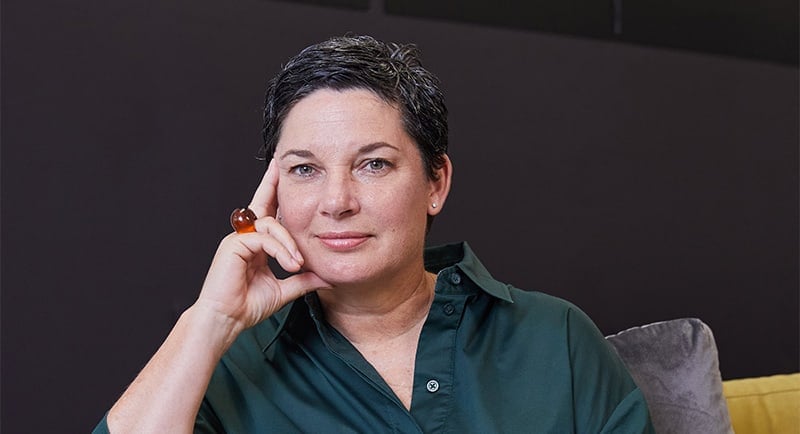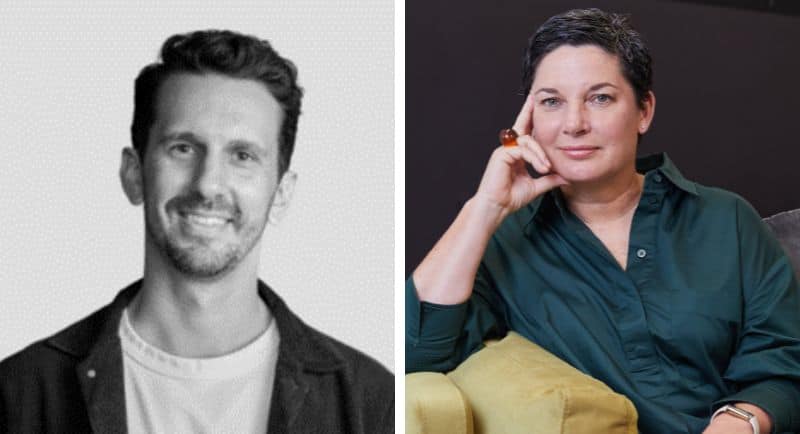The New South Wales election has seen the Labor leader premier elected as premier for the first time in 12 years.
Chris Minns was sworn in as premier earlier this week, taking over Dominic Perrotet. However, three seats have yet to be called, putting Labor’s majority in doubt (as of publication).
While vote counting will continue to confirm the numbers, the campaign period saw the Labor and Liberal do their best to engage and influence voters ahead of polling day.
Nielsen Ad Intel revealed to Mediaweek showed how much the major parties spent from the beginning of campaigning for the state election, on March 6 up until March 11.
According to the Nielsen data, the Labor party spent $383k, Liberal party $359k and the Nationals spent $17k
The data also noted that the Shooters Fishers and Farmers Party outspent the Nationals on regional TV advertising, spending $182k between those dates.
Max Broer, head of strategy at Bohemia, and Sarah Keith, managing director of Involved Media, shared their thoughts on the Nielsen data and what it says about the parties’ messaging and effectiveness.

Max Broer
Broer called the spending interesting and noted that they say more about a changing media landscape than any party’s advertising strategies. He added that while the numbers presented were solid for the period, they did not reflect spending seen in the past.
“During the NSW election campaign, it looks like all parties have gone hyperlocal in how they tackled campaigning and leveraged channels that deliver against this. Instagram ads, SMS and direct mail that talk to key electorate issues, combined with PR delivering a steady, conservative broadcast party platform, seemed the consistent play for all,” he said.
“This goes some way to explaining the more modest budgets, as the channels where efforts have been focused are incredibly difficult to track accurately.
“It also makes sense that parties would want to show restraint in a time of economic uncertainty, with a flamboyant, United Australia Party style campaign unlikely to go over well with concerned voters,” he added.
Broer noted Crikey’s analysis of the Labour’s activity in the Meta ad library which suggested that they spent twice as much as the Liberals on Facebook and Instagram advertising in targeting families, renters and women, and demonstrating a will to take advantage of the targeting benefits these platforms have.
“And with the votes now in, it’s looking like money well spent,” he said.
In examining the Shooters, Fishers and Farmers party’s spending, Broer noted that it was interesting to see their increased effort, whom he suspected sensed blood in the water in regional Australia after the less than stellar response to significant natural disasters over the last four years.
“The National Party’s chaotic leadership definitely didn’t help matters either,” he added.
“So in all we’ve seen a hyper-targeted and fiscally restrained campaign from all parties this election cycle that suggests a focus on local and individual issues versus broad platforms. Bottom line, I think it was the right move for the current climate,” Broer added.

Sarah Keith
Keith, who reflected on the ad spend days after polls closed, highlighted that while NSW has a new premier, clarity on whether there is a Labour majority is yet to be determined, with three seats left to call.
“I’m no election nerd and certainly haven’t been following very closely, but there hasn’t been a clear winner all the way along… and certainly from the media-related headlines that have caught my eye, they haven’t given a clear message either,” she said.
“AFR reported on 12/3 that ‘Labour doubled down on Google whereas Liberals has doubled down on Meta’, whereas Crikey reported on 21/3 that “Labor’s Meta cash is drowning out the Liberals”.
For Keith, what was clear was that the overall reported advertising spend was “pretty much line ball.”
“The NSW Electoral Commission sets a very clear cap on expenditure for state elections, so it’s a tale of two strategies, not what you spend but where you spend it, or more importantly, who you target.
Keith noted that one of the main differences has been who the message is from.
“Looking at NSW pollies Meta Ad library spend tracker data for the last 30 days, it’s clear that Chris Minns’ account was used for targeting, and in fact, spends show just 18% less on Meta than the NSW Labor account and 19% more than the NSW Liberal account whilst Dominic Perrott’s account was conspicuously absent.”
Keith also pointed to analysis by Campaign Digital, reported in the AFR, that suggested that Labor’s targeting was at 25-34’s whilst Liberals were talking to a slightly older demographic of 35-44.
“It’s also clear from analysis that the Labor messaging had a young parent and female skew,” Keith added.
